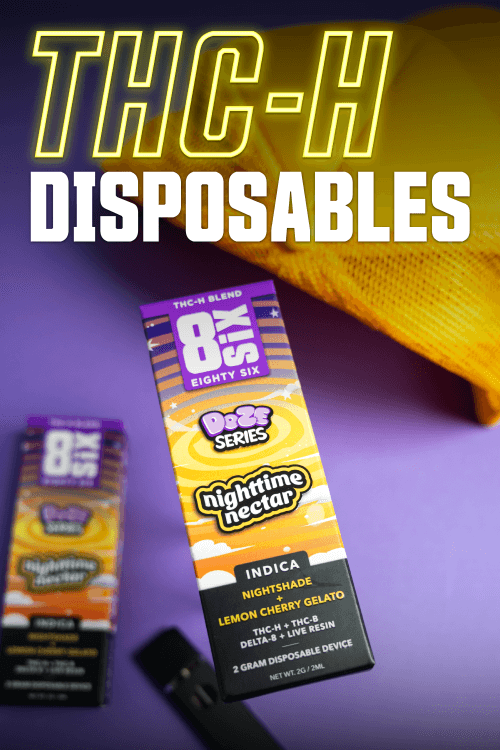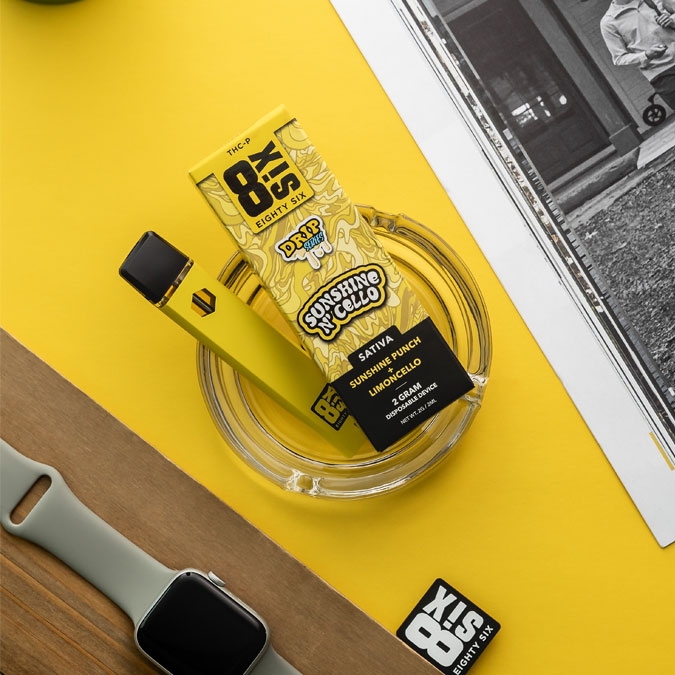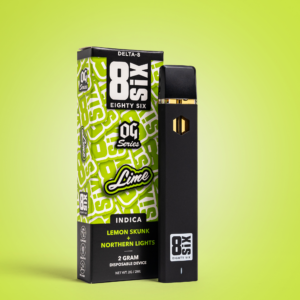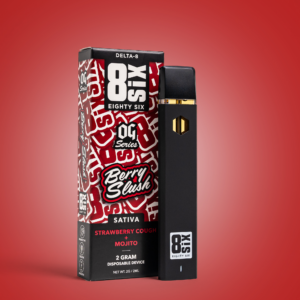As cannabis legalization continues to surge, more and more cannabinoids are being discovered, isolated, and studied. With so many new cannabinoids, it can be easy to get them mixed up – and that’s the last thing you want. Part of what makes individual cannabinoids so confusing is that they’re each unique, with their own properties and effects, and keeping track of which cannabinoid produces which effects is far from an easy task. Today, we’ll be taking a closer look at THCa to understand what it is, how it makes us feel, and how it compares to traditional THC.
Key Takeaways
- Cannabinoids are the chemicals in cannabis and hemp plants that cause us to experience different effects after consumption.
- THCa is a non-psychoactive cannabinoid.
- THCa is the most abundant cannabinoid found in cannabis plants.
- Heating cannabis changes THCa into THC in a process called decarboxylation.
- THCa has medicinal properties like neuroprotection and inhibiting the growth of cancer cells.
- All THC starts out as THCa in the cannabis plant.
- THCa must be consumed from some form of raw, unheated cannabis for the benefits to be felt.
What is THCa?
THCa is a naturally occurring, non-psychoactive cannabinoid found in abundance in cannabis plants. Cannabinoids are the chemicals in cannabis and hemp plants that interact with our endocannabinoid system to create a wide variety of effects when we consume them. The most well-known cannabinoids are THC, the compound that makes users feel high, and CBD, a non-psychoactive cannabinoid with medicinal properties.
Most THCa starts its life out as CBGA, the initial chemical made by cannabis and hemp plants as it grows. As the plant matures, CBGA is naturally converted into the hundreds of different cannabinoids found in cannabis plants.
How are THCa & THC Related?
The relationship between THCa and THC can be a little confusing, but the key to it all is a process called decarboxylation, or decarbing for short. Decarbing is the process of heating up cannabis to cause some small, but important chemical changes in the plant. And one of these changes happens to the THCa found in cannabis.
THCa stands for tetrahydrocannabinolic acid, and it’s the chemical precursor to THC. That means, in order to have THC, you have to start with THCa. When cannabis is heated, the chemical structure of THC. THCa is surprisingly unstable though, and can begin decarbing at mild temperatures, making it very difficult to avoid THC ‘contamination’ of THCa products.
What are the Effects of THCa?
THCa does not produce feelings of relaxation or euphoria, or any of the psychoactive effects associated with THC and other cannabinoids, though research suggests that it does have medicinal properties with amazing potential.
THCa is a neuroprotectant, and can be helpful in the treatment of devastating conditions like Alzheimer’s Parkinson’s and multiple sclerosis. It can be used to stimulate the appetite in chronically ill patients and those struggling with disordered eating, as well as helping to manage pain and inflammation.
Most impressively, THCa has been shown to slow the proliferation of cancer cells; and considering cancer claims more than half a million Americans annually, it’s THCa’s cancer-fighting abilities that hold the most promise for researchers.
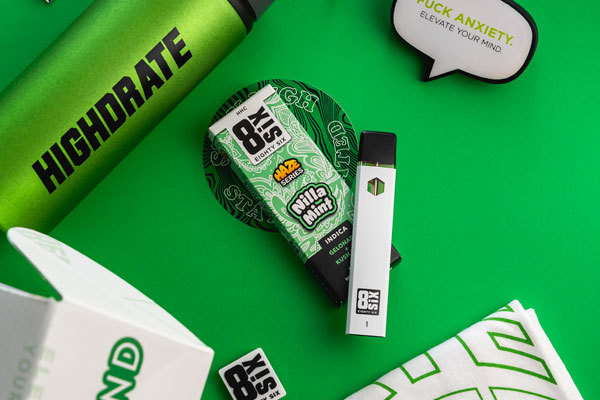
THCa vs. THC: How do they compare?
Despite the similarity of its names and chemical structures, THC and THCa create quite different effects when consumed. THC is well-known for its intense psychoactive effects that can alter our perception and mood. It also makes us feel euphoric, relaxed, calm, giggly, and sometimes even paranoid, though the experience and effects differ greatly depending on the individual. Unlike THC, THCa on the other hand, is not considered to be psychoactive and its effects are mild and mostly medicinal. Because it is so easily converted to THC, consumption of THCa is tricky to say the least, making it much harder for the average cannabis user to experience its effects on their own.
How to Take THCa

The health benefits associated with THCa are best achieved through raw cannabis juicing, so the THCa doesn’t have a chance to begin the decarboxylation process and turn to THC.
While cannabis juicing can be expensive and wasteful, and eating a raw nug of weed isn’t advised, grinding up some flower into an infusion that doesn’t need to be cooked – like salad dressing – or straight into your food or drink is a great way to enjoy the benefits of THCa without having to worry about decarbing.
Some people may opt for other methods of consumption, such as dabbing diamonds, while others use THCa capsules or topicals.
THCa extracts begin decarbing very quickly though, so dabbing and vaping aren’t always the best ways to consume this particular cannabinoid. Ask your budtender for specific THCa products if you’re looking to integrate more THCa into your cannabis rotation.
Despite their perceived similarities, THCa and traditional Delta-9 THC different greatly, with THC being highly psychoactive and THCa being almost entirely medicinal. THCa is much for unstable for THC, with the conversion process from THCa to THC being triggered by temperatures as low as 39°F. This chemical instability means that pure THCa can really only be absorbed when raw cannabis is consumed, making juicing or cold infusion the best options for adding THCa to your diet. If you’re interested in the health benefits, THCa might be a good option for you, but if you’re looking to a head change, you’ll want to look elsewhere.
